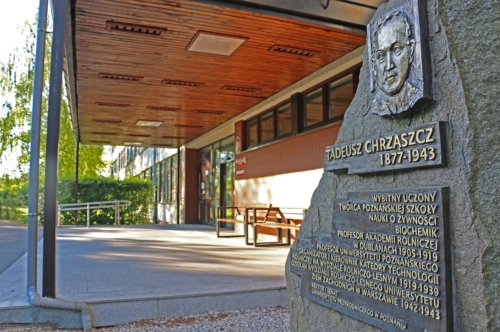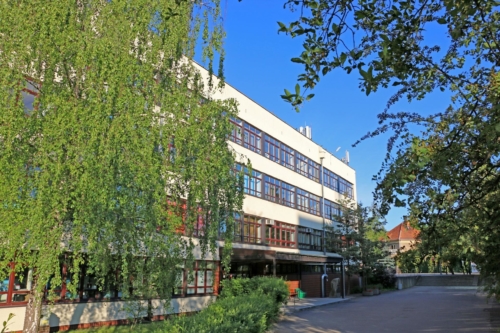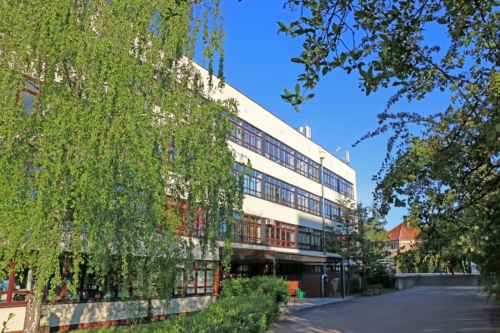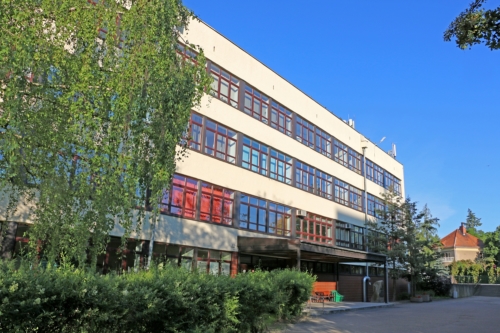The Impacts of Combined Blood Flow Restriction Training and Betaine Supplementation on One-Leg Press Muscular Endurance, Exercise-Associated Lactate Concentrations, Serum Metabolic Biomarkers, and Hypoxia-Inducible Factor-1α Gene Expression
Steven B. Machek, Dillon R. Harris, Emilia E. Zawieja, Jeffery L. Heileson, Dylan T. Wilburn, Anna Radziejewska, Agata Chmurzynska, Jason M. Cholewa, Darryn S. Willoughby
The purpose of this investigation was to compare the impacts of a potential blood flow restriction (BFR)-betaine synergy on one-leg press performance, lactate concentrations, and exercise-associated biomarkers. Eighteen recreationally trained males (25 ± 5 y) were randomized to supplement 6 g/day of either betaine anhydrous (BET) or cellulose placebo (PLA) for 14 days. Subsequently, subjects performed four standardized sets of one-leg press and two additional sets to muscular failure on both legs (BFR [LL-BFR; 20% 1RM at 80% arterial occlusion pressure] and high-load [HL; 70% 1RM]). Toe-tip lactate concentrations were sampled before (PRE), as well as immediately (POST0), 30 min (POST30M), and 3 h (POST3H) post-exercise. Serum homocysteine (HCY), growth hormone (GH) and insulin-like growth factor-1 concentrations were additionally assessed at PRE and POST30M. Analysis failed to detect any significant between-supplement differences for total repetitions completed. Baseline lactate changes (∆) were significantly elevated from POST0 to POST30 and from POST30 to POST3H (p < 0.05), whereby HL additionally demonstrated significantly higher ∆Lactate versus LL-BFR (p < 0.001) at POST3H. Although serum ∆GH was not significantly impacted by supplement or condition, serum ∆IGF-1 was significantly (p = 0.042) higher in BET versus PLA and serum ∆HCY was greater in HL relative to LL-BFR (p = 0.044). Although these data fail to support a BFR-betaine synergy, they otherwise support betaine’s anabolic potential.
Keywords:
arterial occlusion pressure (AOP); blood flow restriction training (BFR); betaine supplementation; resistance training; growth hormone (GH); homocysteine; Hypoxia Inducible Factor-1α (HIF-1α); insulin-like growth factor-1 (IGF-1)












